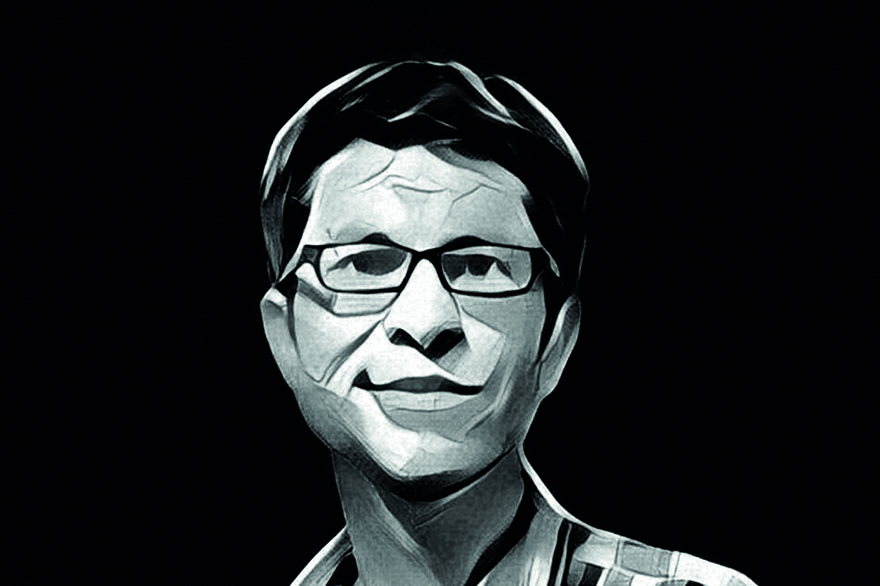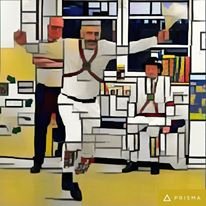It’s a well-known fact that in order to take a technology beyond the research labs, it needs to be made palatable to consumers. Just take a look at the lead story in our September issue - computers were originally boring office machines, and then in 1972, Pong came along and we discovered that they can be used for entertainment. Since then, video games have helped miniaturize our hardware, increase our processing power and make networks faster, as gaming went mainstream and players sought to eliminate low frame rate and lag.
Most importantly, games were responsible for rapid advances in a class of devices called Graphics Processing Units or simply video cards, used to build rich, detailed 3D worlds. The same hardware has been used to create special effects in movies and detailed engineering drawings in CAD applications, but that’s not all.
GPUs rule
Over the past few years, the industry has discovered that the parallel processing capabilities of GPUs have applications in machine learning and construction of artificial neural networks, guaranteeing them an increasingly important role in the data center. So indirectly, Call of Duty has enabled the creation of automatic language translation, and GTA is helping cure cancer.
Another example of this axiom is an app that has caused a lot of commotion at the DatacenterDynamics headquarters, called Prisma. You are familiar with the idea – Prisma takes a picture and applies a ‘filter’ to make it better. But instead of fiddling with color and contrast, it feeds the image to a cloud-based artificial intelligence system that had previously ingested Van Gogh and Mondrian. The results are glorious (see above).
Indirectly, Call of Duty has enabled the creation of automatic language translation, and GTA is helping cure cancer
The app was inspired by DeepArt, an academic project at the University of Tübingen, based on neural network developed at the University of Oxford and powered by GPUs. The original research went unnoticed by the unwashed masses, while DeepArt gained some recognition thanks to its online presence.
However it was forced to offer users a choice in order to offset its hosting costs: pay €1.99 per image or wait up to an hour in the queue. In order to become commercially successful, Prisma took the same algorithm but made it 1,000 times faster and offered the service for free. As a result, the app has been downloaded millions of times and is now funded by advertising.
Now, if we are being completely honest, improving the quality of selfies can’t really be defined as useful work. But the technology developed for Prisma could have wider benefits – advances in hardware and software brought about by commercialization of deep learning will eventually be used in healthcare, transport and city planning.
So let’s debase technology and play more games – future generations will be grateful.
This article appeared in the September issue of DatacenterDynamics magazine




